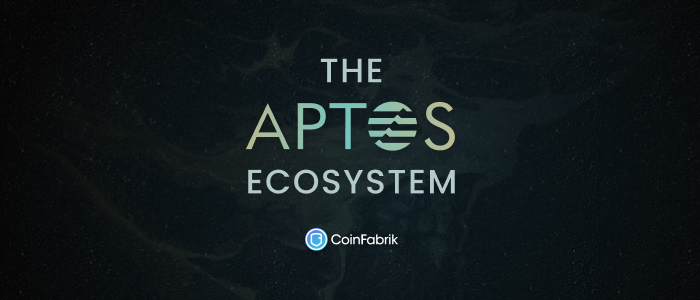Working for our customers in our blockchain development company we built this spreadsheet which is a work in progress, comments are welcome here, which describes the features of multiple blockchain and sidechain technologies. Views about blockchain technologies range from hype to skepticism. A blockchain is a distributed database and consensus network that can be used to validate cryptocurrency transactions. Blockchains do not replace conventional databases, instead they create consensus protocols between untrusted parties on what information needs to be appended to a shared database. This obviates or reduces the need for trusted third parties in financial agreements.
Below we describe the different types of blockchain players and their features:
Type of player
- Cryptocurrencies (e.g. Bitcoin, the first cryptocurrency in history)
- Blockchain platforms (e.g. Ethereum, a platform that has its own cryptocurrency)
- Sidechains (e.g. Rootstock, a sidechain which provides smart contracts for Bitcoin)
- Distributed ledgers/private blockchains (e.g. R3 develops blockchains for the financial industry)
Market capitalization
Market capitalization is a meaningful indicator of the importance and power of a blockchain player. Bitcoin is the biggest player with a market capitalization of approximately 10 billion dollars, followed by Ethereum with around 1 billion dollars (as of July 2016). This can change quickly, because it’s a young and therefore unpredictable market.
Liquidity
A meaningful indicator for the usability and value of a cryptocurrency is liquidity. Liquidity defines how easily and quickly cryptocurrencies can be purchased or sold without significant loss.
License
Most players have licensed their software as open source. For example Bitcoin is licensed under the MIT free software license.
Asset names, currency symbols and three letter currency codes
Cryptocurrencies and sidechains use unique asset names, currency symbols and three letter currency codes to identify themselves. For example Bitcoin, which is also the asset name, uses ฿ as its currency symbol and BTC as its official three letter currency code.
Public and private
Public blockchains are available to the general public, while private blockchains are restricted to clients and internals of banks or other institutions.
Identity
Identity protection and privacy may be important to users and traders to safeguard their business strategies, while identifying users may be important to criminal and tax institutions. There are different levels of protection:
- anonymous (traders or users cannot be identified by anyone)
- pseudo-anonymous (traders or users can be identified only by blockchain intelligence and network traffic analysis)
- private (traders or users identities are only known to the organization running the blockchain or platform)
- transparent (traders and users identities are known to everyone)
Consensus methods
Consensus methods like Proof of Work or Proof of Stake determine how transactions are validated.
- In validation by Proof of Work (PoW) the result of an expensive cryptographic calculation is required as proof of the right to vote on consensus.
- In validation by Proof of Stake (PoS) the amount of voting power for consensus is directly proportional to the shares held. For example, holding 10% shares bestows 10% voting power.
Scripting language, Turing completeness and smart contracts
Many cryptocurrencies have their own scripting languages which can be embedded into transactions. Some languages are Turing complete (e.g. Solidity in Ethereum) and can run any algorithm. This is necessary to run smart contracts which are programs to conduct consensus-enforced contracts between users. Insurance companies could use smart contracts to compensate automatically for crop loss due to hail, for instance. A supply service could use a smart contract to charge on delivery. A more complex example of the use of smart contracts is a DAO (Decentralized Autonomous Organization), a company run by smart contracts rather than by managers. Smart contracts can be used for financial products, property registration, prediction markets, crowdfunding, and other purposes.
Governance, Stakeholders and Conflict of Interests
Governance refers to who decides what happens with a blockchain in terms of software updates: Miners, nodes, users, the core development team, and other stakeholders. Ideological, technical, financial and privacy interests can influence the direction of a cryptocurrency. This can lead to conflicts of interests among the governance and may even cause a cryptocurrency to split and form an Altcoin.
Transaction speed, fees and micropayments
Cryptocurrency transactions should be fast and cheap and even micropayments should be allowed. The proof of stake consensus method allows faster and cheaper transactions, although these are less secure than those which use proof of work. New off-chain methods offer secure, instant micropayments. This is useful when charging for small amounts, like in pay-per-minute video streaming, or pay-per-megabyte data transmission.
Processing power
Processing power costs (CPUs, GPUs, ASICs) are proportional to energy costs. Proof of work tends to require a lot of energy and substantial computer equipment. proof of stake is less expensive.
Security
A variety of attack vectors challenge the security and reliability of a blockchain. Here are some examples: A 51% Attack is when a stakeholder of a Proof of Stake cryptocurrency owns 51% of all shares and abuses his or her majority power to bias consensus to agree on double spending. A Sybil attack is when one node fakes various node identities and gains a voting advantage to bias consensus.
Note: Bitcoin’s security threshold is not 51%, but about 33% due to selfish mining. Ethereum’s security is theoretically 12.5% due to uncle mining. The only PoW blockchain that has 51% security is RSK.





Permalink
Permalink
Permalink